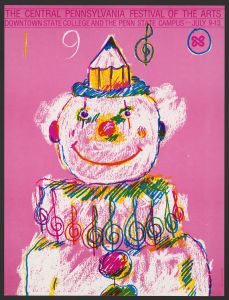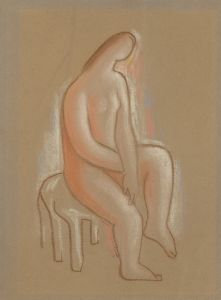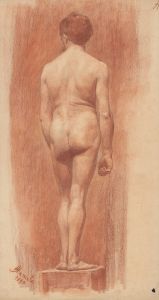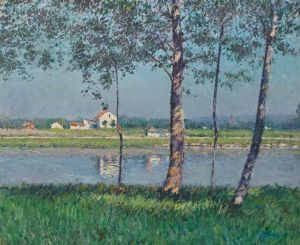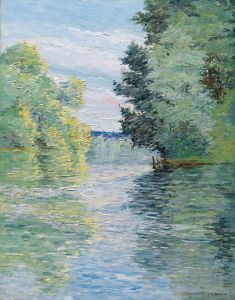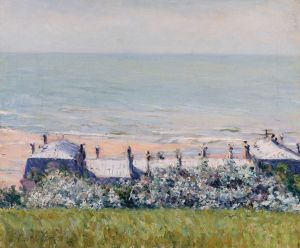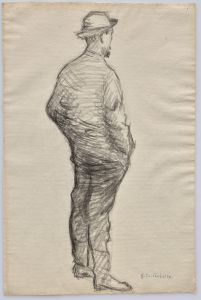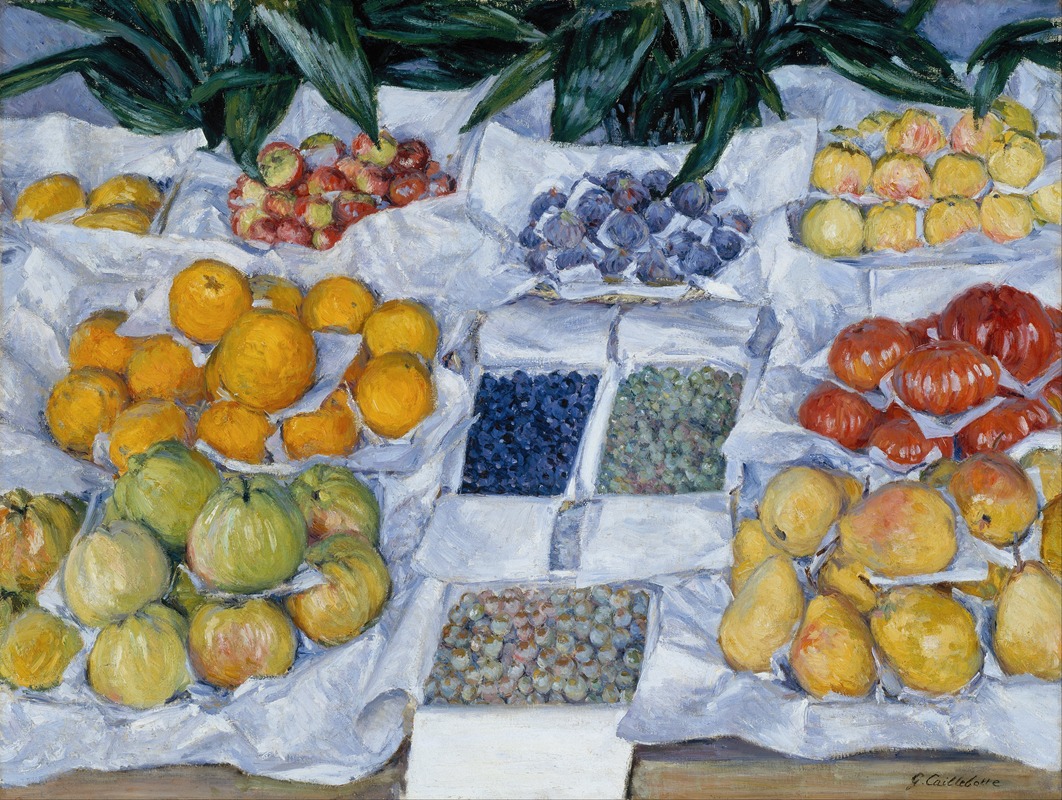
Fruit Displayed on a Stand
A hand-painted replica of Gustave Caillebotte’s masterpiece Fruit Displayed on a Stand, meticulously crafted by professional artists to capture the true essence of the original. Each piece is created with museum-quality canvas and rare mineral pigments, carefully painted by experienced artists with delicate brushstrokes and rich, layered colors to perfectly recreate the texture of the original artwork. Unlike machine-printed reproductions, this hand-painted version brings the painting to life, infused with the artist’s emotions and skill in every stroke. Whether for personal collection or home decoration, it instantly elevates the artistic atmosphere of any space.
"Fruit Displayed on a Stand" is a still life painting by the French artist Gustave Caillebotte, created in 1881. Caillebotte, primarily known for his contributions to the Impressionist movement, is celebrated for his detailed and realistic depictions of urban life and domestic interiors. However, like many artists of his time, he also explored still life painting, a genre that allowed him to experiment with composition, color, and light in a more controlled environment.
The painting "Fruit Displayed on a Stand" exemplifies Caillebotte's meticulous attention to detail and his ability to capture the subtleties of light and texture. In this work, Caillebotte presents an array of fruits carefully arranged on a stand, showcasing his skill in rendering different surfaces and materials. The fruits, possibly including apples, pears, and grapes, are depicted with a high degree of realism, highlighting their varied textures and colors. The composition is carefully balanced, with the arrangement of the fruits creating a sense of harmony and order.
Caillebotte's approach to still life painting was influenced by his interest in photography, which is evident in the precise and almost photographic quality of his work. He often employed a perspective that draws the viewer's eye into the scene, creating a sense of depth and three-dimensionality. In "Fruit Displayed on a Stand," this technique is used to great effect, as the viewer is invited to closely examine the intricate details of each piece of fruit and the interplay of light and shadow across the surface of the stand.
The painting reflects the broader trends in still life painting during the late 19th century, a period when artists were increasingly interested in exploring everyday subjects and the effects of light. While Caillebotte is often associated with the Impressionists, his style in this painting leans more towards realism, with a focus on clarity and precision rather than the loose brushwork and vibrant colors typical of Impressionism.
"Fruit Displayed on a Stand" is part of Caillebotte's broader body of work that includes a variety of subjects, from urban scenes and landscapes to portraits and still lifes. Although he was a key figure in the Impressionist movement, Caillebotte's work was not as widely recognized during his lifetime as that of some of his contemporaries. It was only in the latter half of the 20th century that his contributions to art began to receive the attention they deserved, leading to a reevaluation of his place in art history.
Today, Caillebotte is appreciated for his unique perspective and his ability to capture the nuances of modern life. "Fruit Displayed on a Stand" is a testament to his versatility as an artist and his keen observational skills. The painting is housed in a private collection, and while it may not be as well-known as some of his other works, it remains an important example of his still life paintings and his broader artistic legacy.






